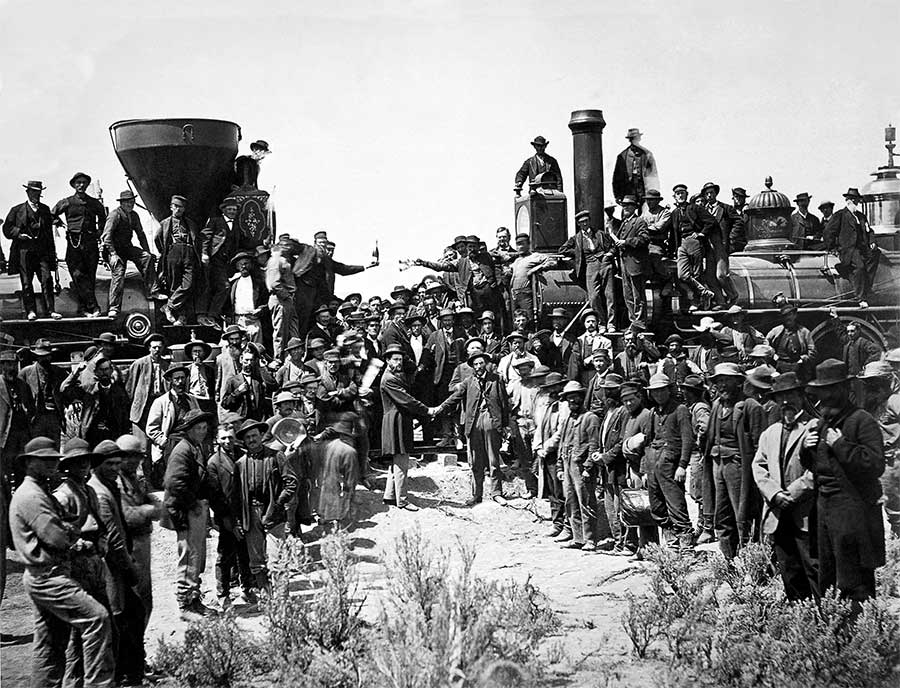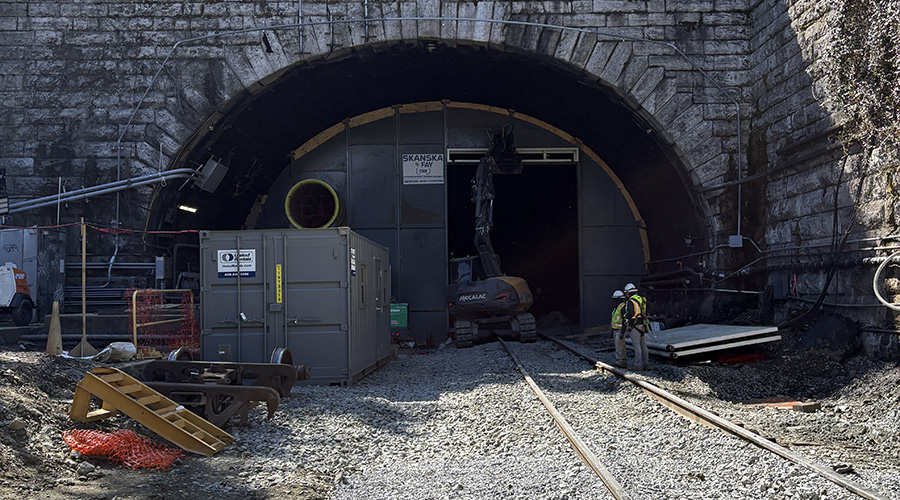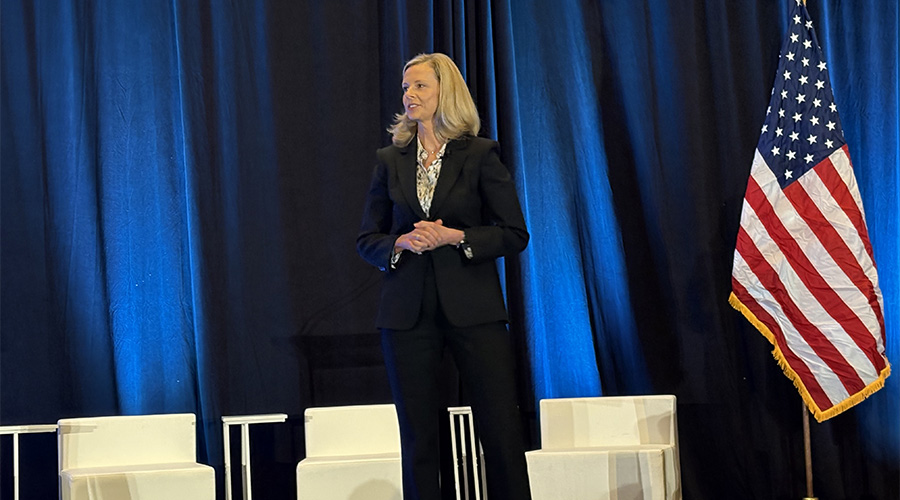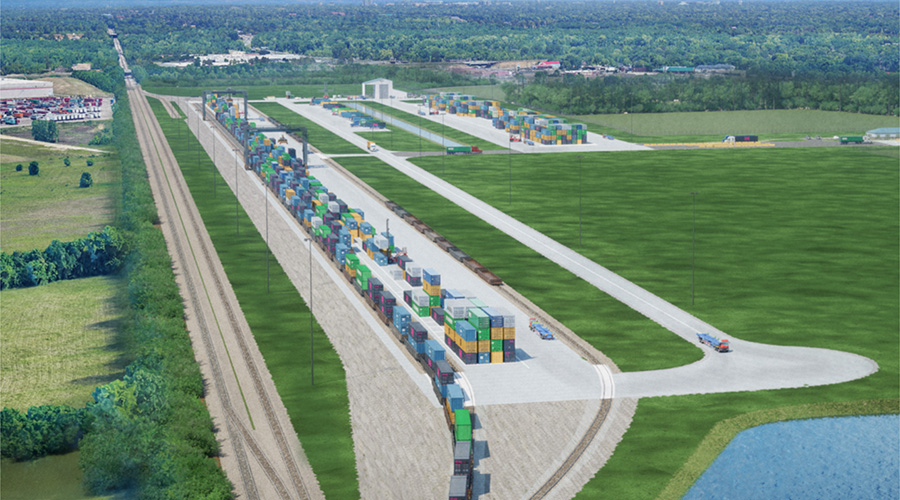UP marks 160 years of ‘building America,’ connecting businesses and communities
7/18/2022
By Jeff Stagl, Managing Editor
The oldest large railroad in North America recently marked a monumental birthday. On July 1, Union Pacific Railroad turned 160.
President Abraham Lincoln signed the Pacific Railroad Act into law On July 1, 1862, that created the earliest predecessors of UP. The act enabled the Central Pacific Railroad of California to build track eastward from Sacramento and Union Pacific to build track westward up the Platte River Valley from Omaha, Nebraska.
The Central Pacific and Union Pacific trackage eventually met at Promontory Summit in Utah. On May 10, 1869, the golden spike was driven into a tie on track in Promontory, commemorating the creation of the transcontinental railroad.
 On May 10, 1869, a photo was taken to commemorate the completion of the transcontinental railroad. UP and Central Pacific converged track to form the railroad. Union Pacific Railroad
On May 10, 1869, a photo was taken to commemorate the completion of the transcontinental railroad. UP and Central Pacific converged track to form the railroad. Union Pacific Railroad
Some other seminal moments in the Class I’s history occurred when UP:
• fell into heavy debt in 1893 due to overexpanding, overproducing, and over-speculating — a major problem among railroads at the time that caused inflation, floating debts and overcapitalization;
• was sold in portions to three receivers — including a small group of investors led by E.H. Harriman — through a foreclosure and restructuring in 1897;
• established the Pacific Fruit Express perishable food service in 1906;
• assumed control of Southern Pacific Railroad in 1901, then later separated from SP in 1912;
• gained access to Los Angeles in 1905;
• moved Allied supplies and personnel to eastern seaboards for shipments across the Atlantic during World War I from 1914 to 1918;
• received its first Big Boy steam locomotive in 1941;
• tested its first gas-turbine electric locomotive in 1948;
• purchased track in 1958 to connect with Canadian Pacific;
• formed Union Pacific Corp. in 1969;
• merged with the Missouri Pacific and Western Pacific railroads in 1982;
• debuted its first double-stack train in 1984;
• acquired the Missouri-Kansas-Texas Railroad in 1988;
• opened the Harriman Dispatching Center in Omaha in 1989 to manage the entire network;
• acquired the Chicago & North Western Railroad in 1995
• completed the huge SP merger in 1996;
• opened its new and modern Omaha headquarters in 2004;
• completed the new $50 million Kate Shelley Bridge near Boone, Iowa, in 2009; and
• installed Lance Fritz as chairman, president and CEO in 2015.
Today, UP manages a network of more than 32,000 miles of track in 23 western states, employs more than 32,000 people, serves about 10,000 customers and generates annual operating revenue exceeding $21 billion. The Class I connects with Canada's rail system and Mexico's six major rail gateways.
 A UP train departed a Wyoming coal mine on a snowy winter day in the early 1970s. Union Pacific Railroad
A UP train departed a Wyoming coal mine on a snowy winter day in the early 1970s. Union Pacific Railroad
UPers are proud of the company’s long history and many achievements, said Fritz in a statement provided to RailPrime. The Class I has helped connect many of the nation’s businesses and communities to each other and the world over the years.
“Our history is built on the hard work of a team whose ideas have driven constant innovation, beginning in the steam era to today as we prepare to test the world’s largest carrier-owned fleet of battery-electric locomotives. This is our legacy as we celebrate our 160th anniversary of ‘building America,’” Fritz said.
A number of the railroad’s workers display a festive mood as they celebrate the milestone with skits and comments in the commemorative video below.
Video courtesy of Union Pacific Railroad


